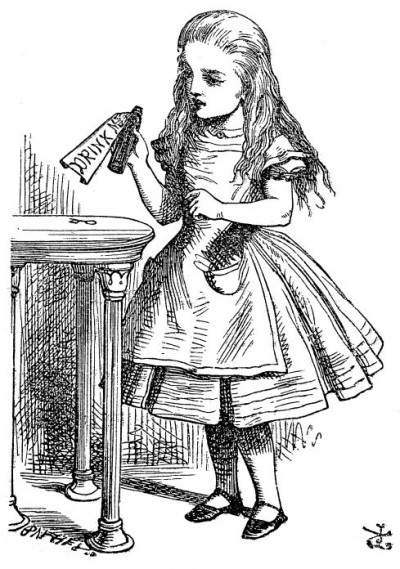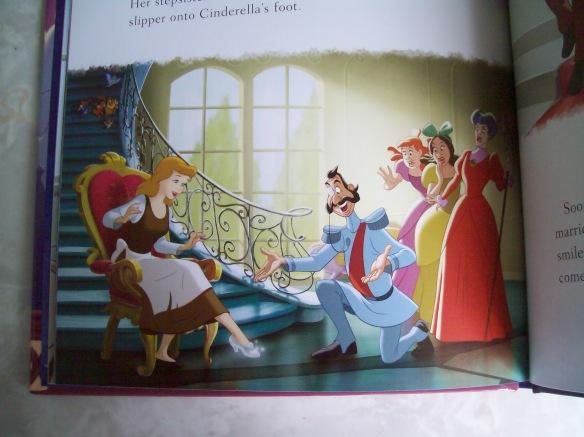Today, the shihyenshoes blog turns 5 years old. I can’t believe that I have been writing about footwear for half a decade. To be honest, I thought I would have run out of topics to write about years ago. Who knew so much could be written about footwear. During these past 5 years, I am most proud that I have never missed a single deadline for my blog. Even though it is a self-imposed deadline – to post once a month, on the 1st of the month. There were times when I wasn’t sure that I would make the deadline. And this month is one of them – what with moving house in the midst of a massive earthquake in New Zealand. But how could I miss the 5th birthday of my own blog?
On this 5th anniversary, as I look back on my own body of work on the blog, I realize that this blog makes me seem slightly crazy and obsessed about shoes (I’m not obsessed. Really!). I do have other interests apart from shoes. So this month I thought I would combine my shoe blog with something else that I know a lot about – children’s literature. For this post, I will be looking at the theme of shoes in classic children’s literature.
When I was 4 or 5 years old, my favourite story was ‘The Elves and the Shoemaker’. This story was first published in German by the Brothers Grimm in the early 1800s. I love the idea that little elves would magically make shoes in the middle of the night. My best friend in kindergarten gave me a Ladybird book of ‘The Elves and the Shoemaker’, from their series of ‘Well-loved tales’. I found a youtube video showing the exact same edition of the book that my friend gave me. My copy of this book was certainly well-loved.
Another popular story is that of Cinderella. I think everyone knows the story of Cinderella and her glass slipper. Even as a child I couldn’t understand the logic of this story. I can accept elves magically making shoes at night, but in the Cinderella story, I couldn’t understand why the Prince didn’t recognize Cinderella’s face, instead relying on her being able to fit into a glass slipper. And surely there would be more than one woman with the same shoe size as Cinderella.
The story of ‘The Red Shoes’ by Hans Christian Andersen, was first published in the mid-1800s. This story is not so well-known, and perhaps for good reason. This story tells of Karen, a poor girl whose mother dies. Karen loves a pair of red shoes and vainly wears them to church. But the enchanted red shoes make her dance, and she can’t stop dancing until her soul reaches heaven. In darker versions of this story, Karen asks an executioner to cut off her feet so she can stop dancing. I don’t like this story because of its moral against vanity and against admiring shoes in church. Also, this story says that red shoes are not suitable to wear to church, and I don’t agree with that.
‘Alice’s Adventures in Wonderland’ was first published in 1865. It is more commonly known as ‘Alice in Wonderland’. It was written by an English mathematician under the pseudonym Lewis Carroll. Shoes don’t feature much in this book, but the original illustrations of the Alice character, by Sir John Tenniel, show her wearing flat shoes in a Mary Jane style.

An original illustration from 1865 of Alice in Wonderland by Sir John Tenniel. Alice is always depicted wearing flat Mary Jane shoes.
‘The Wizard of Oz’, originally published as ‘The Wonderful Wizard of Oz’ is an American children’s book by L. Frank Baum, first published in 1900. In the classic 1939 movie version of this book, Judy Garland (as Dorothy) famously wore red ruby slippers. A few pairs of these ruby slippers were made, and one pair is at the Smithsonian Institution. Currently, the Smithsonian is raising money to conserve and repair these ruby slippers. They need US$300 000 for the conservation work. $300 000 to conserve a pair of shoes! In the book, Dorothy actually wears silver shoes. By clicking her heels three time while wearing these magic silver shoes, they will take her home. For the movie, the silver shoes were changed to red to take advantage of new Technicolor technology at the time, which would make red shoes look better on screen than silver shoes.
Next, I’m writing about classic children’s books that have a type of footwear in the book’s title. The first is ‘Hans Brinker or The Silver Skates’. This book was first published in 1865, and was written by an American, Mary Mapes Dodge, who had never actually been to the Netherlands when she wrote the book. This book, set in the Netherlands, is about a Dutch boy Hans Brinker and his younger sister Gretel who want to win an ice skating competition. The main prize in the competition is the titular silver skates. Silver skates don’t really feature much in this book. Rather, this book focuses more on life in 19th century Netherlands.
Noel Streatfield was an English writer. She wrote a few children’s books with footwear in their titles. Her best known work was ‘Ballet Shoes’, first published in 1936. This was followed by ‘Tennis Shoes’ in 1937. Possibly due to the popularity of ‘Ballet Shoes’, many of her subsequent works have alternative titles with ‘shoes’ in the title, such as ‘Circus Shoes’, ‘Theatre Shoes’, ‘Dancing Shoes’ and ‘Skating Shoes’. Though again, the shoes themselves don’t feature so much in the books.
I hope you have enjoyed this month’s slightly different blog post on footwear in fiction. A more regular post (on non-fiction footwear!) will resume next month, which is also a brand new year.

